As far as handwriting skills go, my two older boys could not be more different. Bradley never enjoyed coloring or artistic activities, and the dexterity in his fingers was always a little behind. Even today, his handwriting is poor. Cameron, on the other hand, always loved painting, crayons, markers, and puzzles, and as a result, he is a much stronger writer today.
My twins are going into preschool this fall, and as far as it depends on us, we want them to excel at handwriting.
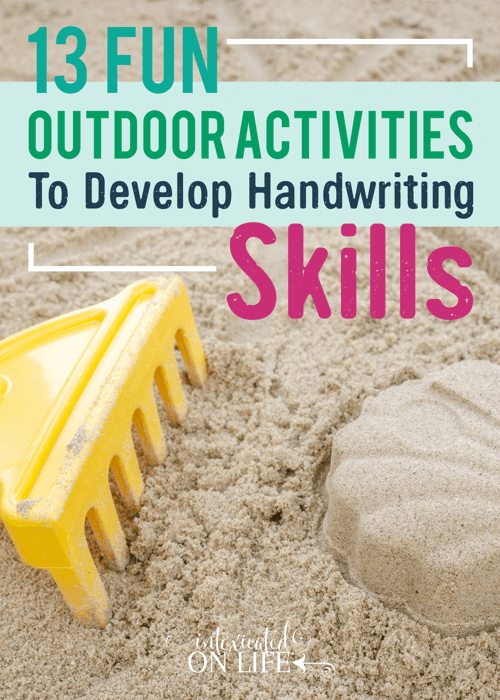
This summer, we are planning some “intentional fun” for our twins that will build their motor skills. Motor skills are movements muscles do to perform a task proficiently. There are gross motor skills (using big muscle groups) and fine motor skills (using small muscle groups for precise tasks).
Why are motor skills important?
- According to developmental psychologists, children who develop fine motor skills earlier are generally more successful throughout elementary school and even middle school.
- Both fine and gross motor skills are important for handwriting, which is not only a good academic skill in itself, brain scientists also know the discipline of handwriting helps children with verbalization skills and creative thinking.
- Better handwriting skills enhances a child’s visual memory, which in turn makes them into stronger readers.
Here are 13 fun, outdoor activities for preschoolers to help them develop stronger motor skills.
1. Picnic with finger foods
Kids love eating outside when the weather is nice. On a blanket or picnic table, have your child use a toothpick to pick up things like marshmallows, grapes, or berries. This is great to develop fine motor skills, because kids will have to coordinate their fingers and use both hands to get the toothpicks into the food.
2. Squirt gun fights
What kid doesn’t like getting others wet? This naturally fun activity is a great way to strengthen the index finger.
3. Playing marbles
Ringer is a classic marble game. All you need is a flat surface on the ground and a bunch of marbles. Draw a chalk circle, placing marbles in the center, and then teach kids to flick specific “shooter marbles” to hit the other ones. If children find marbles to be too small, use ping-pong balls to hit wads of paper. (See some marbles rules here.)
4. Nuts and bolts
Do you have a bunch of old assorted nuts and bolts? Maybe you know someone with a workshop or you can pick up some at the hardware store. Get different sizes so your child can match which ones fit together. The action of screwing the nut on is great practice of their pincer fingers.
5. Trimming plants
The next time you’re going out to trim the bushes, bring your child along with you and a pair of child-safe scissors. Have them cut small leaves off a bush with you (as you use the hedge clippers). Cutting is a very effective way to strengthen a child’s hand.
6. Digging in the sandbox
Digging and ranking in a sandbox—especially damp sand—is a great way to develop both fine and gross motor skills. Picking up a small shovel or rake allows your child to work small muscle groups. Carrying heavy buckets and walking through wet sand is great for promoting large muscle strength in the legs, back, torso, shoulders and forearms.
7. Sponge cleaning
Next time you go out to wash the car or wash the outside toys, bring your child along and give them a sponge. The action of squeezing and ringing out the sponge will work their finger muscles.
8. Squirt bottle art
Fill an empty dish detergent bottle with water and have kids draw on the sidewalk or driveway with the water. If you want to make it educational, have them practice writing letters using the water.
9. Sidewalk chalk
Using sidewalk chalk develops both fine and gross motor skills. Squatting down strengthen the legs, and holding the chalk works the muscles in the hand.
10. Clothespins
A great way to teach kids about the pincer fingers is to draw three dots on a clothespin: two on one side, one on the other. It shows them where to put their fingers and thumb on a pencil. If you dry your clothes outside, or if you just want to give your child something fun to do, hang a clothes line low enough for them to reach and have them use clothespins to hang small items like socks or washcloths.
11. Weeding
Little kids think nearly anything is fun if they are doing it with you—including even weeding. Show them the weeds the need to be pulled watch them go to town!
12. The playground
Traditional playground activities are great for developing arm and hand strength, especially activities like the monkey bars or climbing ladders.
13. Crab walk race
It is important for kids to develop their core strength and hand strength, and the crab walk is a great way to do this. Have your child to sit on the ground with their hands and feet on the floor, their fingers pointing behind them. Have them raise their bottom off the floor and then walk backwards on their hands and feet. Start small and have them crab walk a short distance, then increase the distance as they get better. Mix it up by having them walk with a small bean bag or stuffed animal on their belly, seeing if they can keep it on as they walk.
Getting Ready for Handwriting This Fall?
Do you want a curriculum that incorporates both Bible memory and handwriting into a simple daily activity? Check out the whole line of Write Through the Bible products, including our Junior workbooks for kids just beginning to learn their letters.

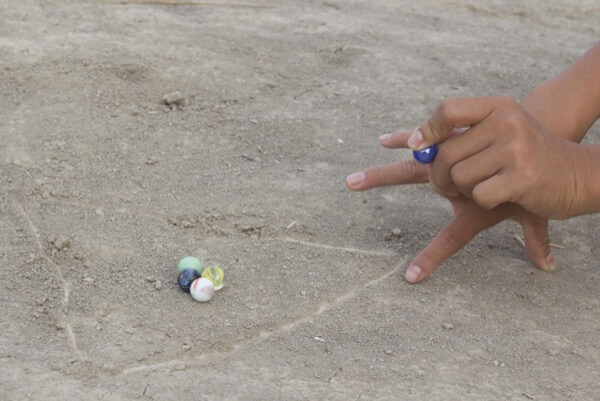
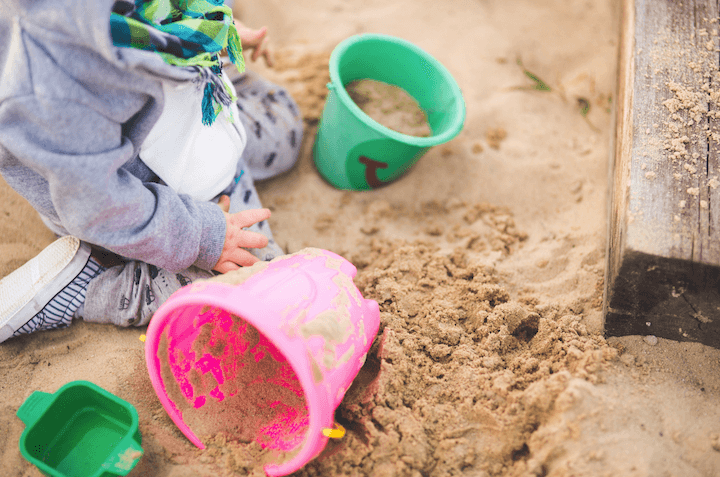
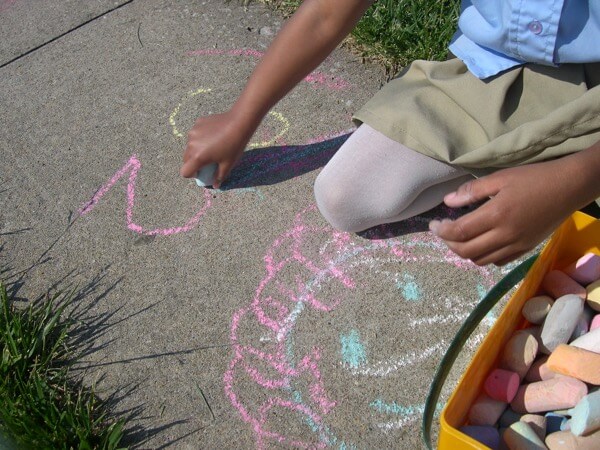
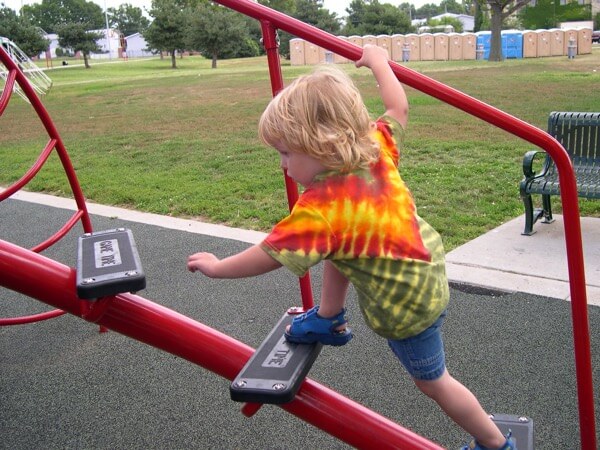



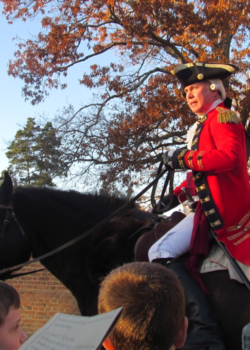

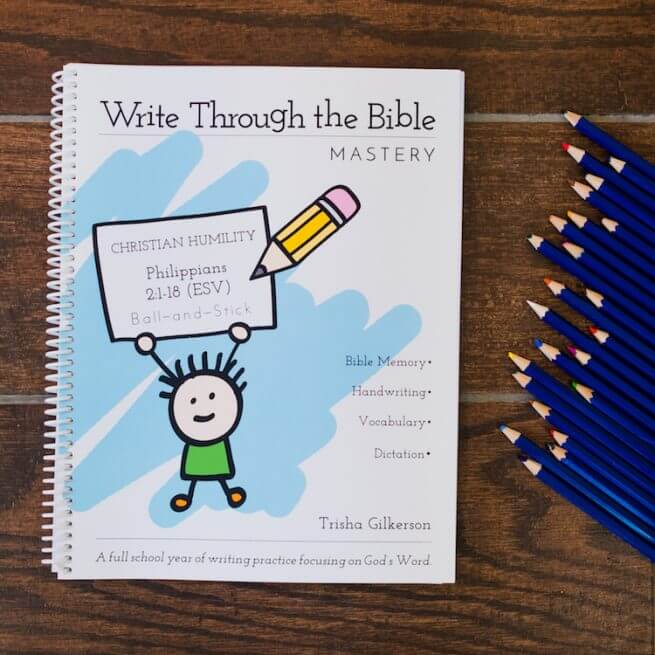
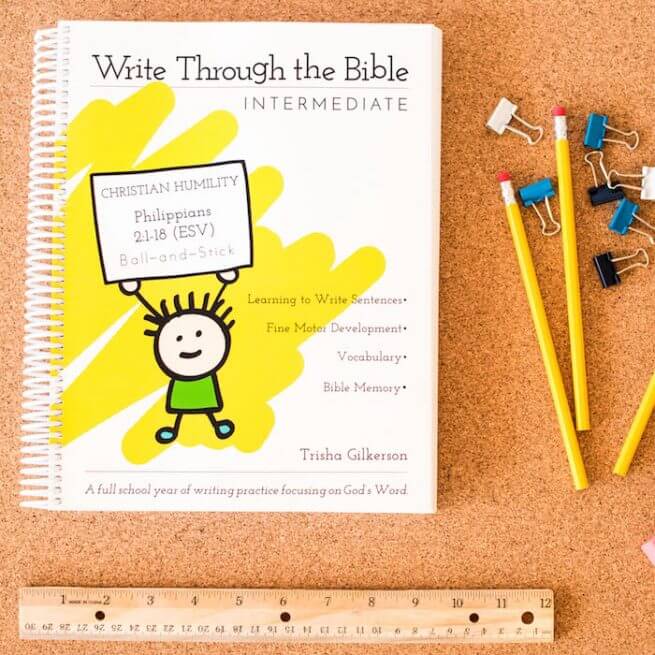
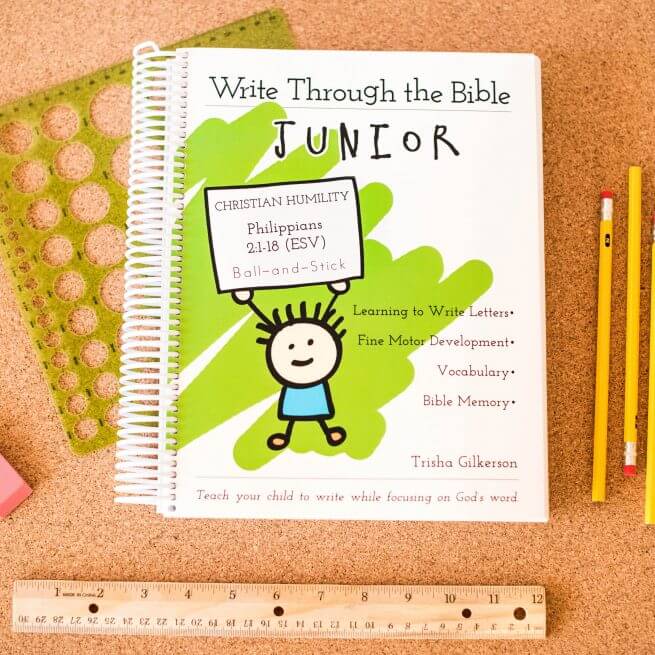


Thanks for this. I have a 2 year old– some of these are things we do but some are great new ideas. I need to go to dollar store to stock up on toothpicks, water guns and squirt bottles!
You’re so welcome! Lots of fun ideas we can do with our little people to help them with these things 🙂
I love these simple and fun ways to play while building those hand muscles needed for writing.
Pinned!